Latest
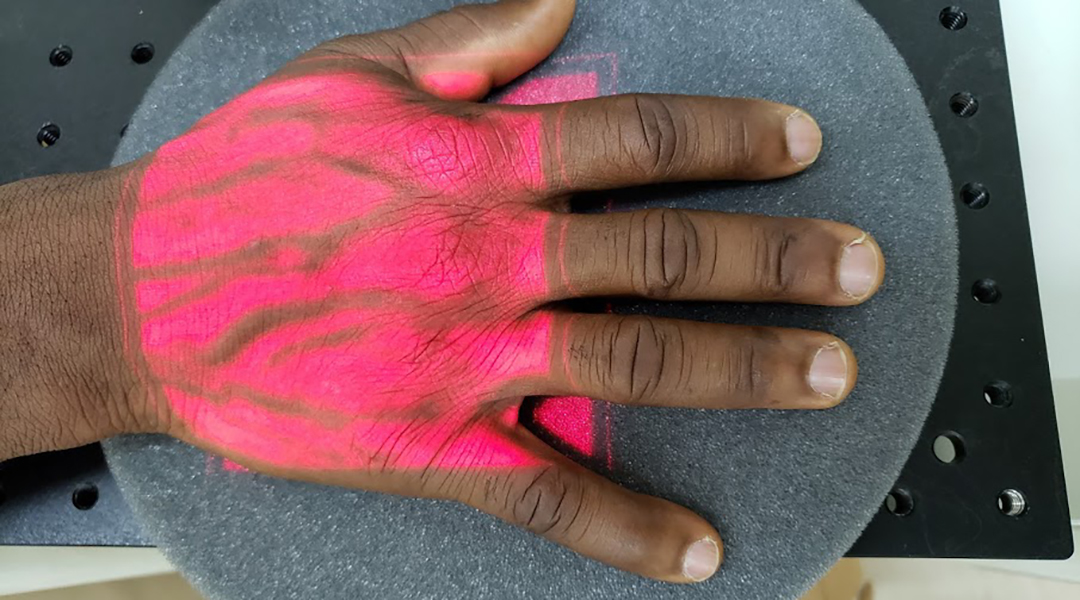
New malaria test “listens” to cells to make diagnosis
A non-invasive test uses a combination of lasers and ultrasound to detect red blood cells infected with malaria parasites with acoustics.

Black hole images deliver a deathblow to alternative theory of gravity
Images of the supermassive black holes wouldn’t have been possible if mimetic gravity was the right recipe for gravity.

Constantly touching our faces linked to memory and facial hair density
People all over the world touch their faces up to 800 times per day—researchers wanted to know why.
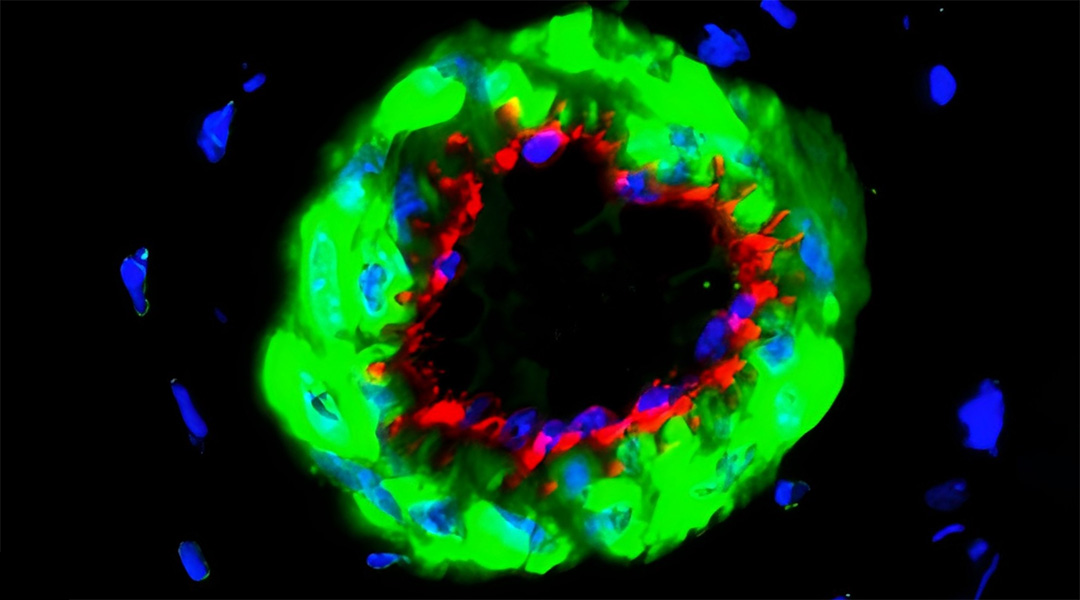
Tiny vesicles could help prevent amputations in diabetic patients
This safer, non-surgical treatment for diabetic limb ischemia could help patients with severe blood flow complications.
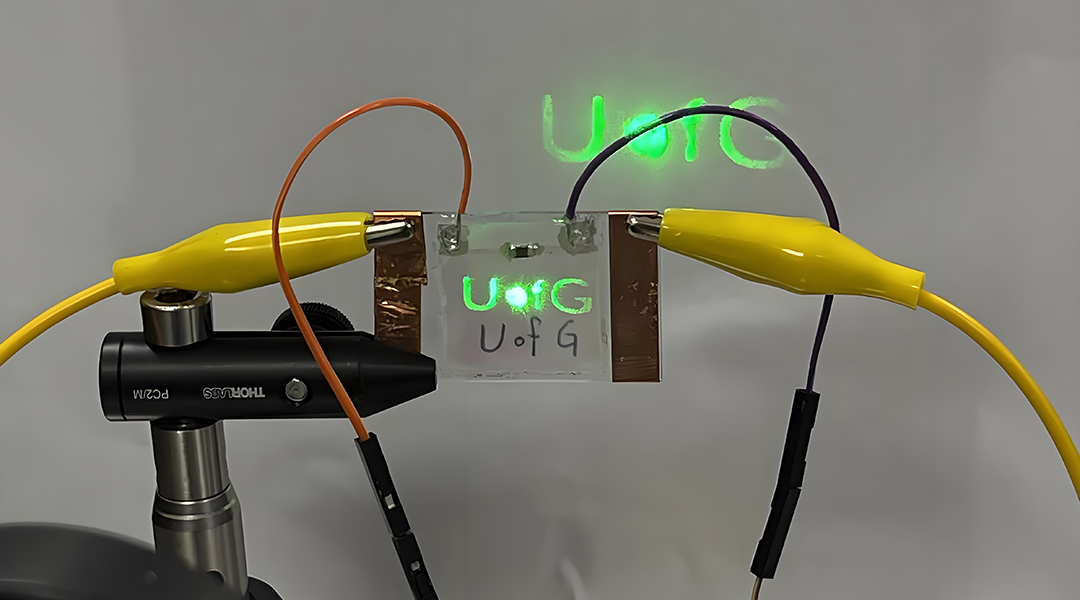
Liquid crystals bring a smoother switch between augmented and virtual reality
Temperature-sensitive materials seamlessly switch between VR and AR in headsets, paving the way for better extended reality experiences.
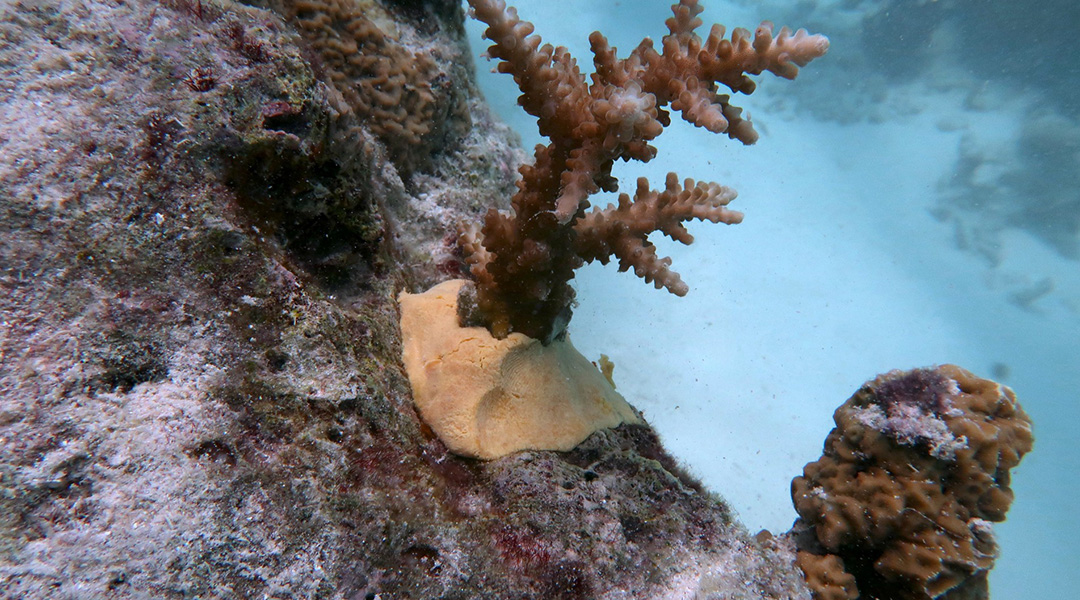
An eco-friendly putty made from vegetable oil boosts coral reef recovery
This ocean-safe putty was designed to help seed new coral reefs, offering a much-needed replacement for hardware store products.

Meet Tumro, a jumping robot inspired by beetles
With its unique carbon fiber skeleton, this jumping robot closely mimics the energy-storing tissue found in insects.
ASN Weekly
Sign up for our weekly newsletter and receive the latest science news directly to your inbox.
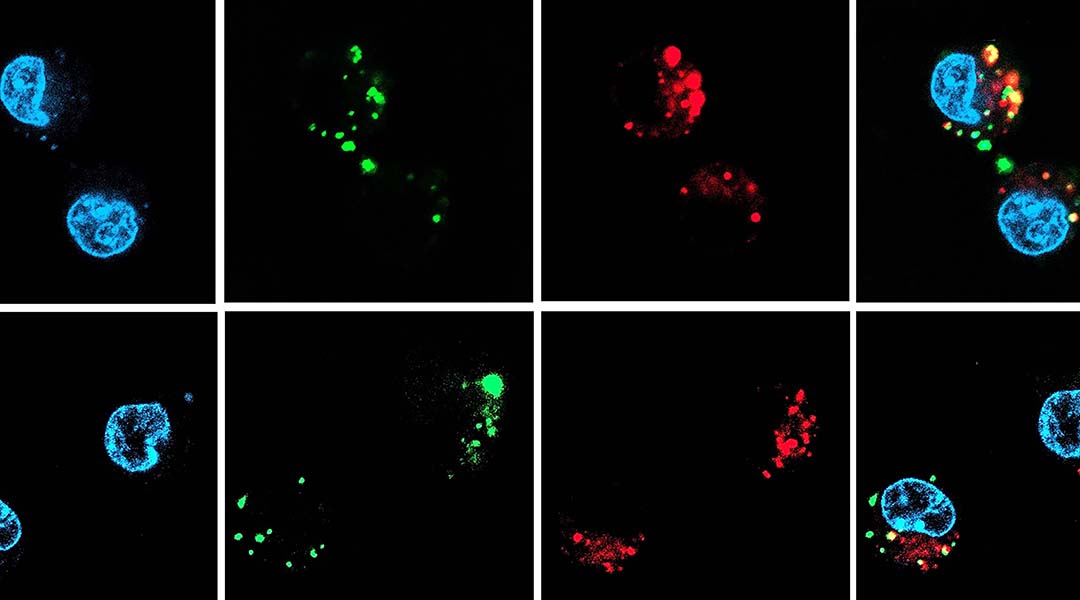
siRNA therapies delivered with oral nanocapsules
Drugs based on nucleic acids are easily degradable and tough to deliver, but a way around this is to coat them in protective carrier.
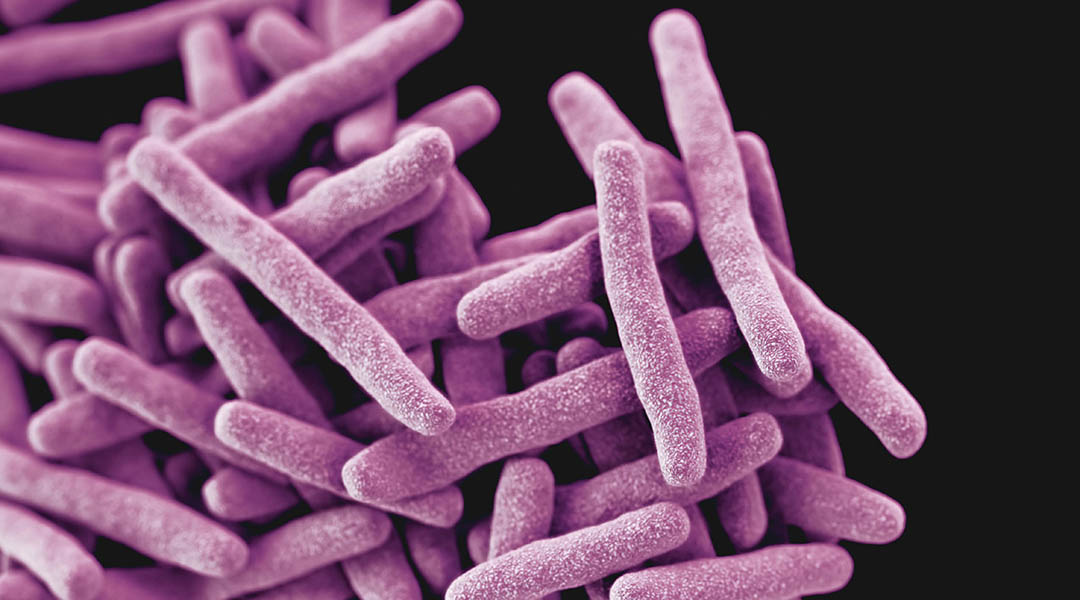
Gaucher disease may have provided genetic protection against tuberculosis
The genetic variant that causes Gaucher disease may have helped breakdown tuberculosis-causing bacteria in cells through lipid buildup.
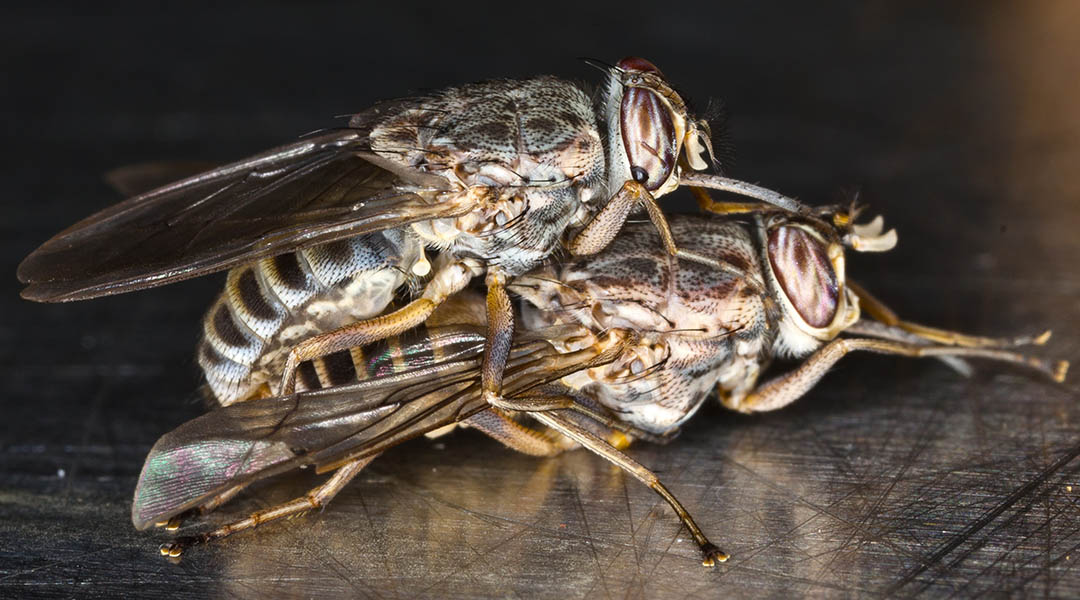
Isolated tsetse fly pheromones could help get sleeping sickness under control
Understanding the chemical language of love used by tsetse flies helps combat the spread of a lethal human parasite.
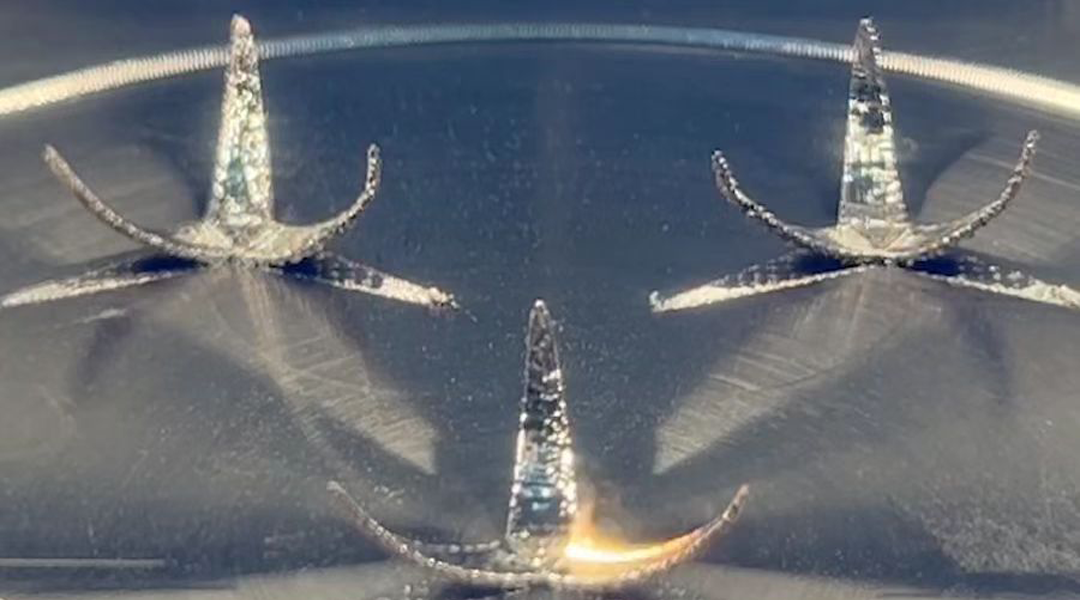
Laser-assisted 4D printing could open new avenues in science and technology
4D printing of metallic shape-morphing systems can be applied in many fields, including aerospace, smart manufacturing, naval equipment, and biomedical engineering.

Machines can impersonate humans, but the subconscious brain is not fooled
People cannot reliably tell whether a text is produced by a human or a machine — but subconscious neural activity reveals the true identity.

An engineered skin accelerates healing in severe and chronic wounds
An engineered skin with a new secret ingredient helps avoid harmful inflammation while speeding up the wound healing process.
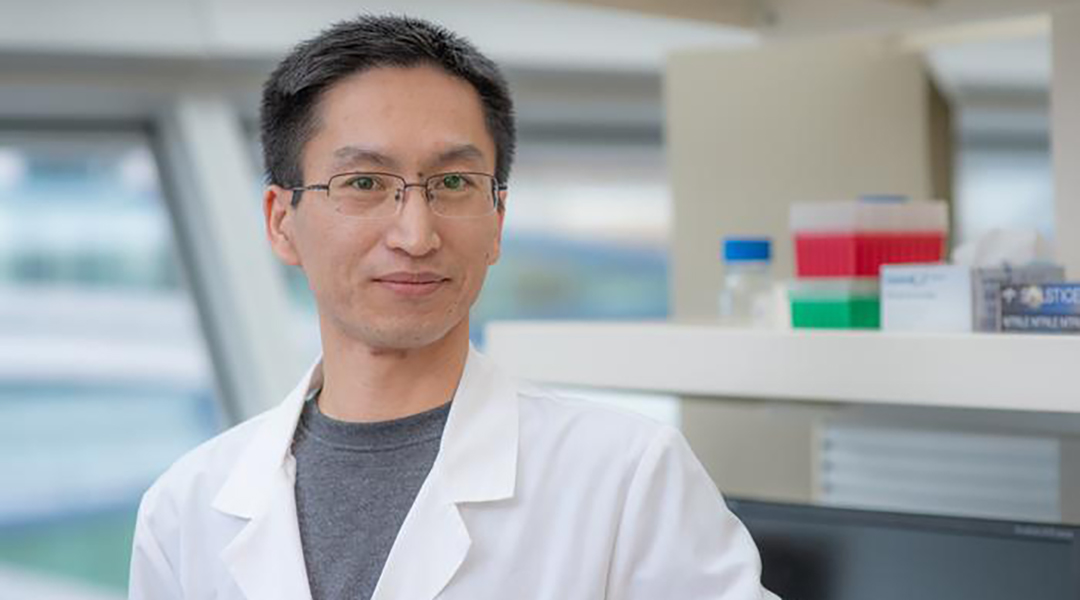
Repairing broken circuits in the brain could help treat Parkinson’s disease
Scientists delve into how repairing dysfunctional brain circuits in Parkinson’s can offer another path forward for new treatment strategies.
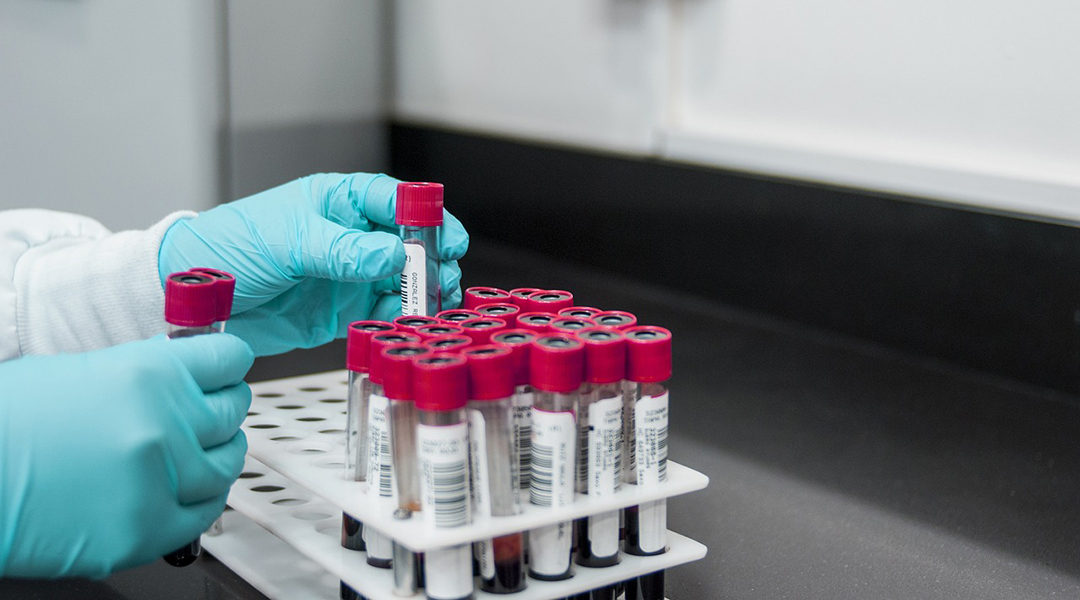
A new, simple test enables early detection of ovarian cancer
Scientists are hopeful that a new, more sensitive test for detecting ovarian cancer might provide better options, especially for patients with BRCA genes.
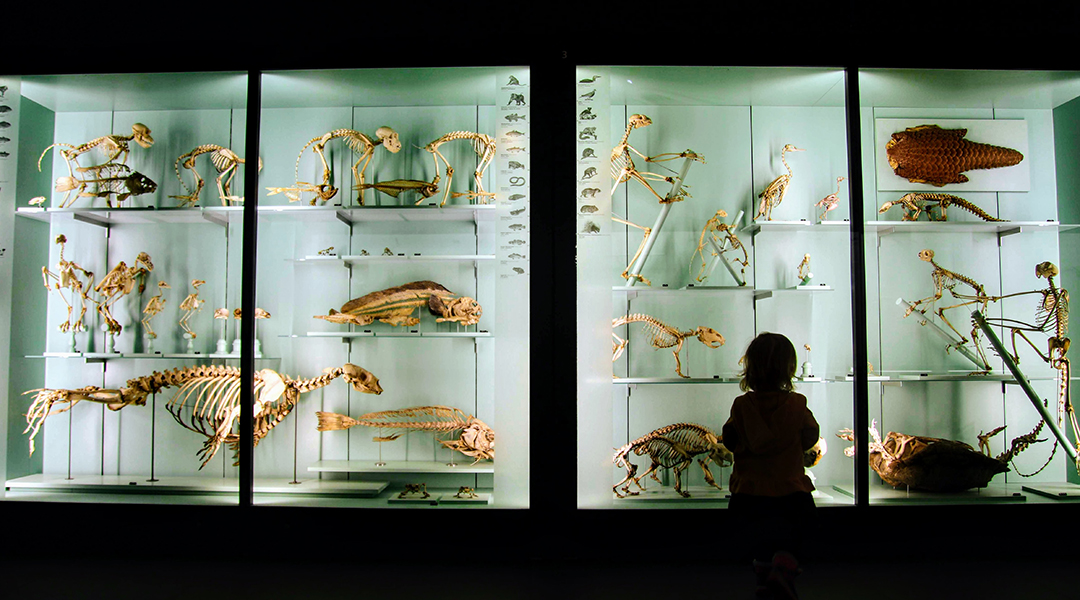
Unraveling the surprising rise of tiny mammals after dinosaur extinction
We are now learning smaller mammals diversified at a similar rate to larger ones, leading paleontologists to speculate on this explosion in diversity.
No Results Found
The page you requested could not be found. Try refining your search, or use the navigation above to locate the post.
No Results Found
The page you requested could not be found. Try refining your search, or use the navigation above to locate the post.
No Results Found
The page you requested could not be found. Try refining your search, or use the navigation above to locate the post.
No Results Found
The page you requested could not be found. Try refining your search, or use the navigation above to locate the post.
No Results Found
The page you requested could not be found. Try refining your search, or use the navigation above to locate the post.
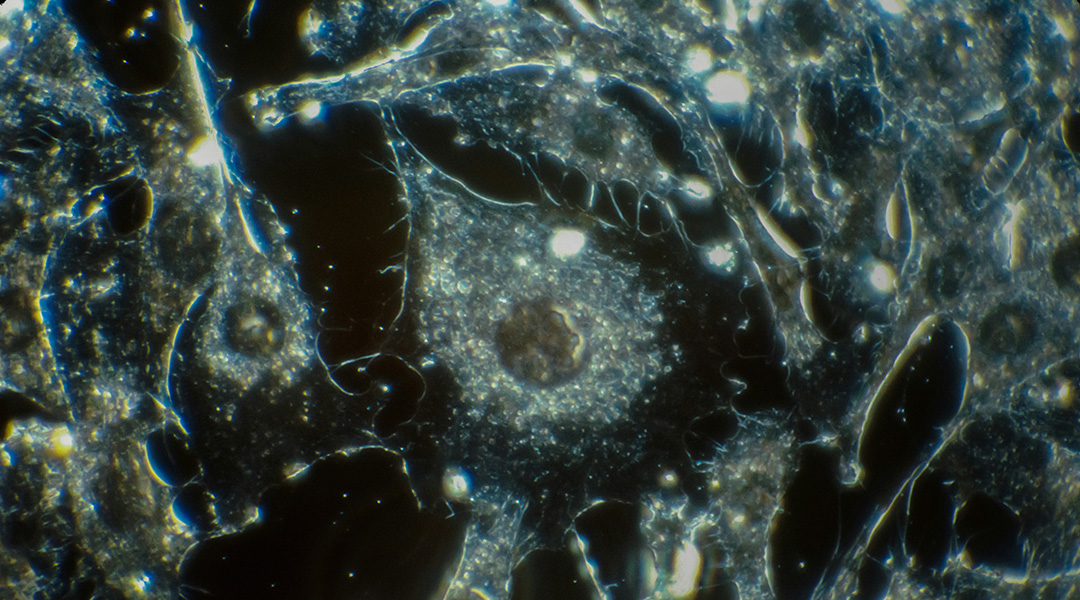
Killing cancer cells with a molecular jackhammer
Mechanical therapy physically breaks down cancer cells and could help overcome the problem of treatment resistance.

New study reveals surprising impact of screen time on the developing brain
Researchers have found a trade-off with screen time and the cognition, behavior, and brains volume of adolescent and young children.
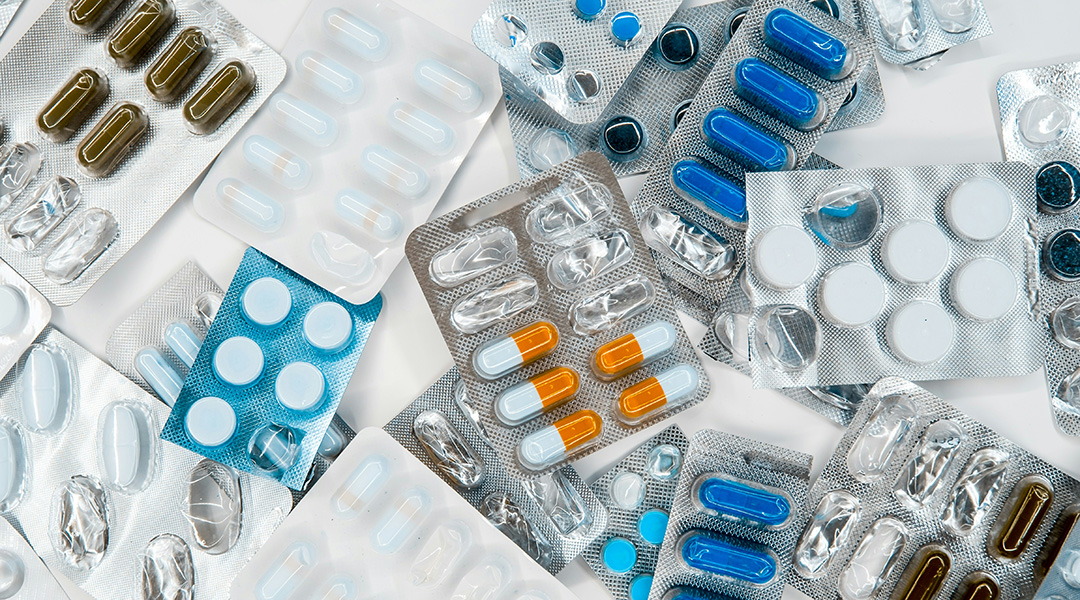
Antimicrobial resistance is an unwinnable arms race
Experts argue a new approach is needed so that we are less reliant on antimicrobial drugs, where less use means less resistance.

How high blood pressure turns healthy cells into “foam cells”
High blood pressure can rapidly transform healthy arterial cells into inflammation-prone “foam cells” that pose an increased risk of cardiovascular-related issues.
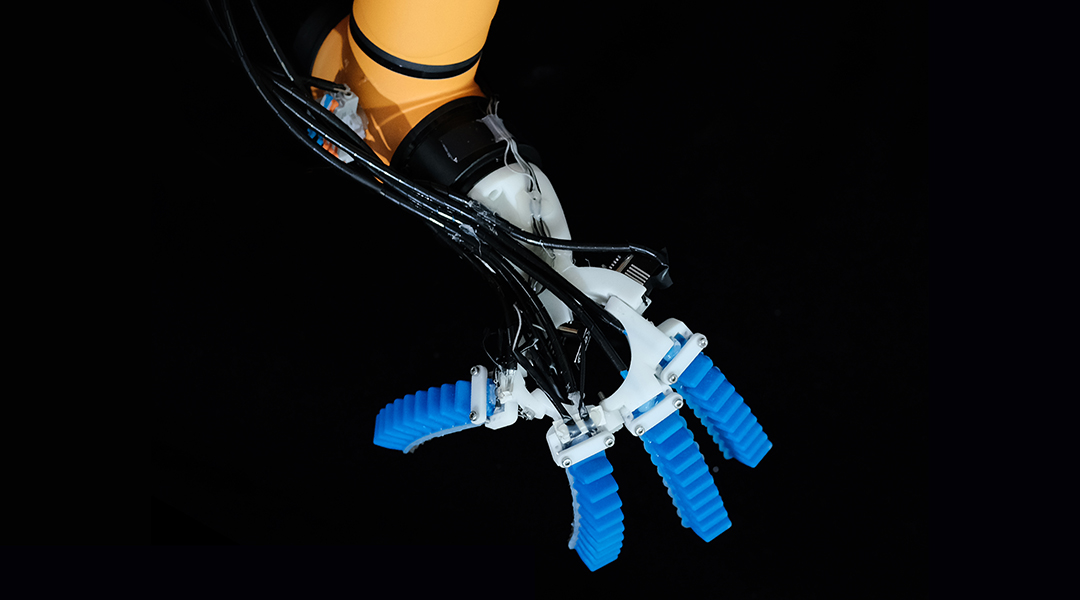
A new soft sensor gives robots the power to see, feel, and make decisions
Groundbreaking soft sensors enable robots to both see and feel, paving the way for robots that can autonomously interact with and understand their environment.

Harnessing entanglement and curved spacetime to make quantum radar a reality
Scientists investigate the synergy of entanglement and curved spacetime in advancing quantum radar technology for precise distance measurement.

Bringing aqueous rechargeable zinc iodine batteries to the mainstream energy market
New research aims to improve the stability and safety of alternatives to rechargeable lithium-ion batteries using aqueous zinc and hydrogels.

What will it take to make sodium and potassium batteries viable alternatives to lithium?
Scientists explore the challenges facing alternatives to lithium-ion batteries and suggests a roadmap to overcome these obstacles.

How sunflower pollen protects bees from pathogens
Planting sunflowers in pollinator habitats can boost bee health by providing them with pollen that protects against intestinal pathogens.

Earth Day 2023: How do we invest in our planet?
A list of articles showcasing innovative individuals and technologies working to build a sustainable economy that protects our planet.
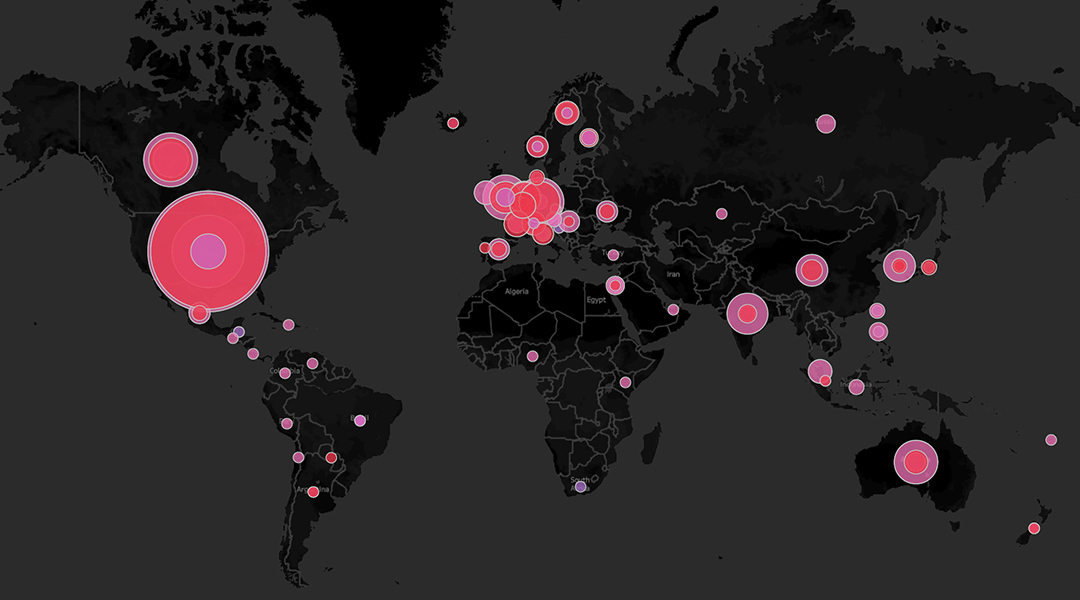
Circling a circular carbon economy
The circular carbon economy is still in its infancy, and realizing it will require innovative processes for capturing and utilizing carbon.
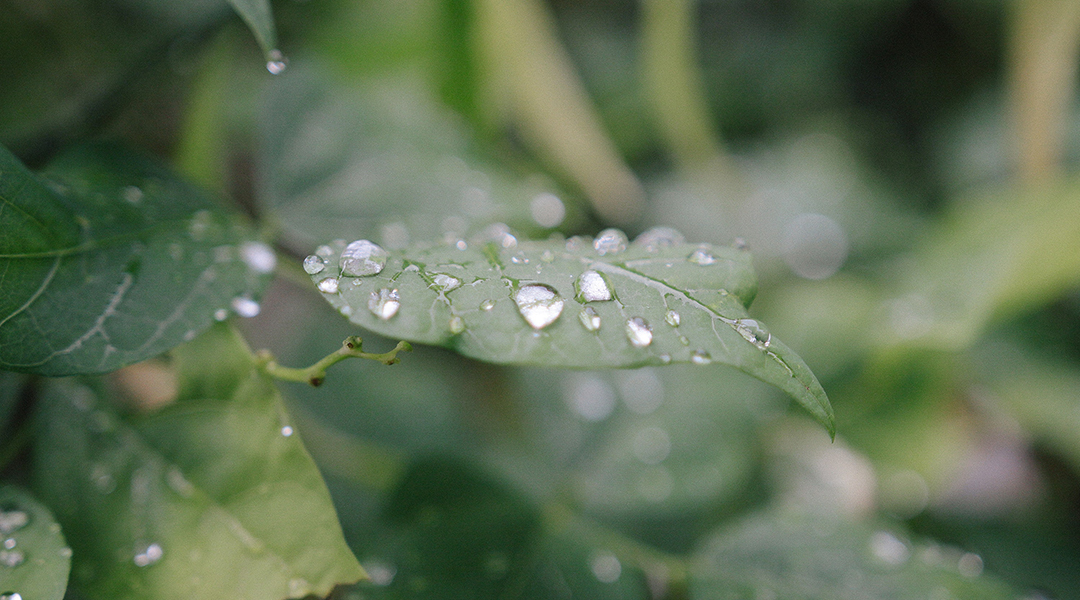
Artificial leaf sensor could revolutionize crop management
By accurately detecting moisture levels, this artificial leaf sensor could help increase crop yields while reducing the need for pesticides.
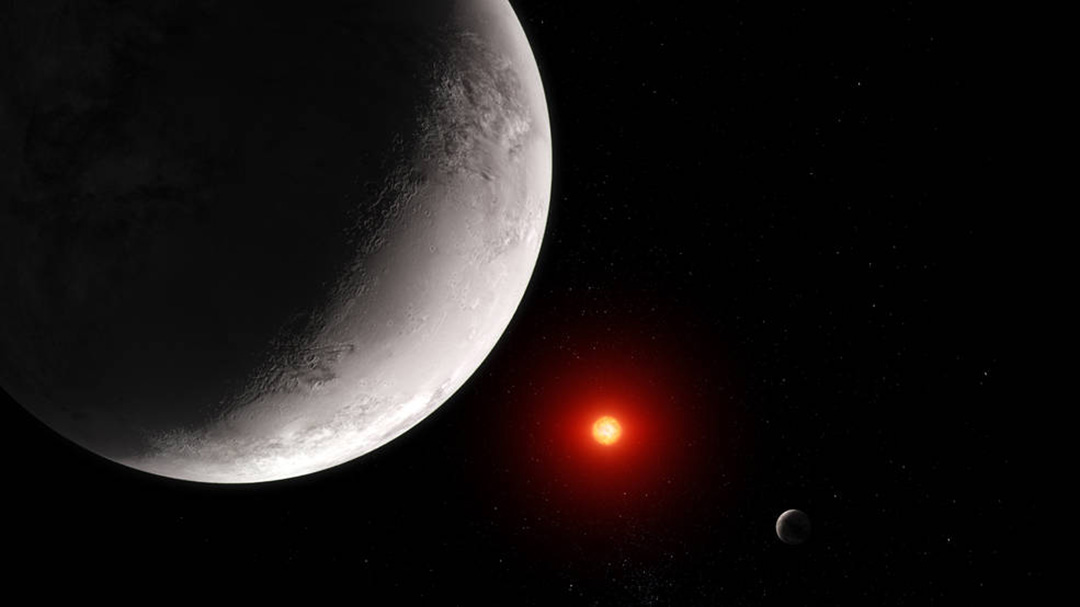
Lack of thick atmosphere for Trappist 1c shows JWST is ready to hunt for signs of life
Recent investigations of this rocky exoplanet signify a significant milestone in planetary science and for the James Webb Space Telescope.

An isolated blob unveils secrets of turbulence
Turbulence is hard to control, but a turbulent blob created using vortex rings provides fundamental insights into this elusive state of matter.

Are dark photons alternatives to dark matter?
Researchers investigate dark photons as alternatives to dark matter, aiming to detect these particles through experiments involving the conversion of light.

New theory of gravity rethinks the Big Bang
A new approach to understanding gravity helps eliminate some discrepancies inherent in general relativity.



